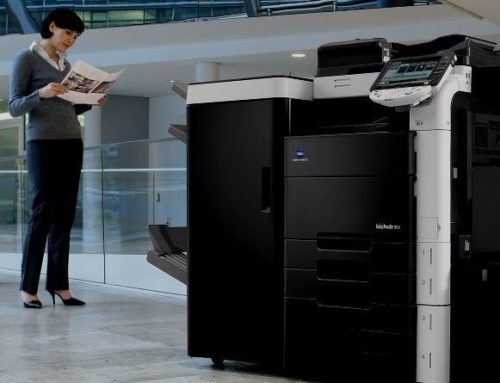Paper Types For Printers: What Do The Numbers Mean?
 As a business owner or office manager, you want everyday administrative tasks like restocking printer paper to be straightforward and painless. Yet when you look at a stationery supplies catalogue, you may conclude that things are not quite as easy as you would hope or expect.
As a business owner or office manager, you want everyday administrative tasks like restocking printer paper to be straightforward and painless. Yet when you look at a stationery supplies catalogue, you may conclude that things are not quite as easy as you would hope or expect.
As it turns out, there are lots of different types of printer paper to choose from. Choice is great, but it makes decision-making that much more complex. What is more, when you read the product descriptions for the various paper types, you will find that they include strange numbers and codes which, to the uninitiated, are hardly very helpful.
Ordering something when you are not exactly sure what you are getting is a recipe for trouble. So in the interests of clarity and convenience, we thought we’d take this opportunity to explain what the numbers used to catalogue and describe printer paper mean.
Size and weight
The codes used to classify printer paper describe two key characteristics, the size of each sheet and the weight of the paper. In practical terms, when we talk about the weight of paper, we are really referring to how thick it is – very thin paper is light in weight, thicker paper is heavier.
The standard code used to denote sheet size is a letter followed by a number. The most famous of these is A4, which has become the default size used in office and home printing the world over, and its close relatives A3 and A5. These may well be the only three sheet sizes you ever order – certainly for larger sizes, you would need a specialist printer to be able to make use of other sheets.
Nonetheless, there are actually 11 ‘A’ sheet sizes, ranging from A0 (841mm x 1189mm) to A10 (26mm x 37mm). Similarly, there are 11 ‘B’ sheet sizes, again ranging from B0 to B10, and also 11 ‘C’ sizes, which are used to code envelopes. One interesting fact about all three ranges, A, B and C, is that they all have a width-to-height ratio of exactly 1:4142 – the square root of two. The important thing about this is that it gives a consistent aspect ratio, which makes resizing prints from one to another much easier.
For further explanation and a full list of all standard sheet sizes, visit this site.
The other number you are likely to see on print paper descriptions is the GSM number. GSM stands for grammes per square metre and is a measure of the weight of the paper – namely, how much a square metre of it weighs.
As we’ve already said, what this really tells you is how thick the paper is. As GSM itself doesn’t really mean much to anyone except print professionals, it is useful to have a broad idea of how GSM figures relate to thickness. Here’s a quick overview:
- Under 55 gsm: Very thin paper, the kind used in newspapers.
- 90 to 100 gsm: The thickness of standard office printer paper.
- 120 to 150 gsm: Poster paper
- 200 to 300 gsm: High quality thick paper, the type used for things like promotional flyers or tickets.
- Over 350 gsm: Card.
Other codes you might see on printer stock indicate that sheets have been divided into templates for printing things like labels. The codes used are specific to different vendors.
If you have any queries about paper types or the most efficient way to keep stocks healthy in your business, please feel free to contact us today.


